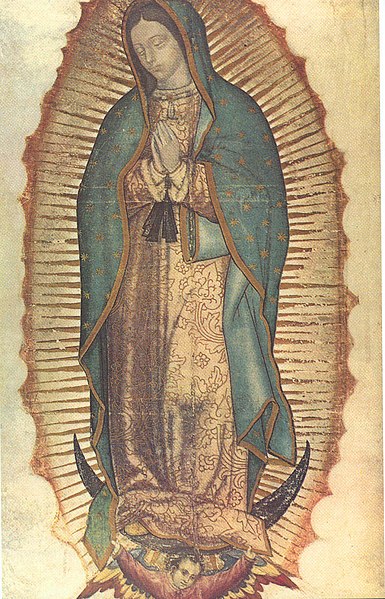Since we all seem to be at home reading weblogs instead of out
"hunting the wren", it would be a shame for you to stop by here and not find something in honour of the day that's in it. Herewith a bit of verse cum legend. The source is given as
"Christmas Carols -- Ancient and Modern" (circa 1861, reprinted by A. Wessels Company, New York 1901). But I found it in the Christmas 2004 number of
Gilbert Magazine.
St Stephen Was A ClerkSaint Stephen was a clerk
In king Herodes hall,
And served him of bread and cloth
As ever king befalle.
Stephen out of kitchen came
With boar's head in hande
He saw a star was fair and bright,
Over Bethlem stonde.
He cast adown the boar's head,
And went into the halle;
“I forsake thee, king Herod,
And thy werkes alle.
“I forsake thee, king Herod,
And thine werkes alle,
There is a child in Bethlem borne,
Is better than we alle.”
“What aileth thee, Stephen,
What is thee befalle?
Lacketh thee either meat or drink,
In king Herod's hall?”
“Lacketh me neither meat nor drink
In king Herod's hall,
There is a child in Bethlem borne,
Is better than we all.”
“What aileth thee, Stephen,
Art thou wode, or thou ginnest to brede?
Lacketh thee either gold or fee,
Or any rich weede?”
“Lacketh me neither gold nor fee,
Nor none rich weede,
There is a child in Bethlem born
Shall help us at our need.”
“This is all so sooth, Stephen,
All so sooth, I wis.
As this capon crow shall
That lyeth here in my dish.
That word was not so soon said,
That word in the hall,
The capon crew, Christus natus est,
Among the lordes all.
Riseth up my tormentors,
By two, and all by one,
And leadeth Stephen out of town,
And stoneth him with stone.
Token they Stephen,
And stoned him in the way,
And therefore is his even,
On Christes owen day.











































